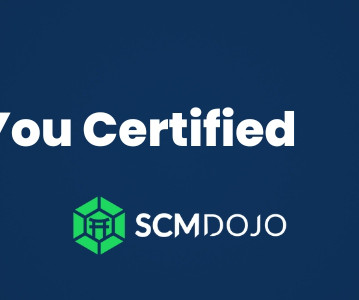Measuring Up?
Supply Chain Shaman
MARCH 28, 2016
To help, in this post, we provide you with some insights for the period of 2006-2015. The analysis needs to be measured through an evaluation of year-over-year improvements. For many companies, improving results is elusive. We find that companies can improve one, but not two of the metrics. Inventory Turns.

















Let's personalize your content